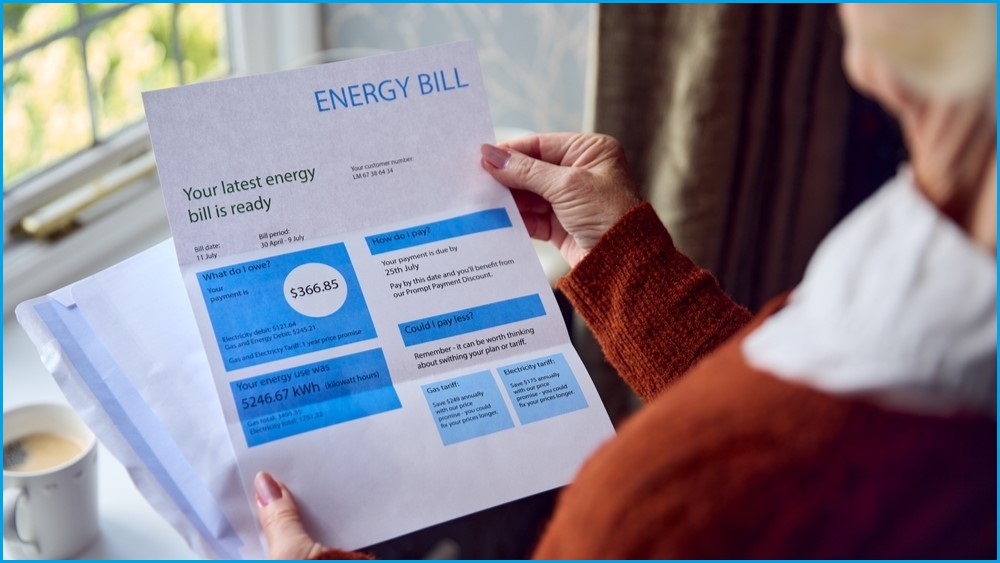The government may have enlisted energy companies into its Consumer Data Right (CDR) data exchange scheme two years ago, but the decision to extend its trial by a further year confirms there is still much to be done to get the troubled scheme on “a more sustainable footing.”
That trial, which was originally designed as a 12-month effort involving 1,000 customers, will be extended to 24 months and 2,000 customers as part of a new package of measures unveiled by Minister for Financial Services Stephen Jones and intended to get the CDR back on track.
The expansion “will ensure the trial period supports the unique nature of energy contracts,” Jones said in explaining the change – which comes over four years since CDR began operating, and days shy of two years after Jones enthusiastically launched the framework into the energy market.
At the time, Jones said CDR-enabled ‘open energy’ would deliver “a better way to shop around for a better deal on their power bills” and noted that “the government expects industry to respond with better-tailored plans and more meaningful engagement with CDR-enabled customers.”
Weighing CDR’s lack of progress to date
The reality of CDR, however, has been far less transformative – with an August review of the scheme pushing for a “reset” of CDR after finding the scheme had failed to capture consumers’ interest and had suffered “massive” blowouts in its complexity and compliance costs.
That complexity had left many financial services institutions struggling to manage their obligations under CDR, with ING Bank fined in late 2022 for missing key regulatory deadlines and the telecommunications industry questioning implementation costs amidst plans to extend CDR to it.
Earlier tweaks to CDR gave consumers more control over their personal data, but failed to simplify the Byzantine process through which consumers could consent to the sharing of their data between CDR-enabled service providers.
With the recent review finding CDR had only attracted a trickle of users in four years, the latest round of changes is designed to streamline that process by allowing consents to be bundled – allowing consumers “to provide multiple consents through one single action”.
“This will improve the consumer experience and increase uptake,” Jones said, with other changes including simplifying the process by which an accredited bank seeks data from a consumer.
“The previous process was complex and confusing for consumers,” he said, “often resulting in them dropping out.”
CDR down but not out
The latest changes mark yet another phase in the government’s overhaul of the CDR framework, which the August review concluded was “a good idea, badly executed”.
Efforts to introduce ‘action initiation’ capabilities – which would allow third parties to take actions on behalf of consumers, such as switching them to better-priced energy providers – are expected to “bring to life some of the foreshadowed opportunities of the CDR,” an Ashurst analysis predicts.
Yet enabling legislation took nearly three years to pass Parliament before being passed in August – highlighting the inexorable complexity of a scheme that has struggled to gain traction in the banking or energy markets where it was supposed to be widely used by now.
With CDR expected to be extended to the non-bank lending sector early next year and data sharing live in that industry by mid-2026, the government remains committed to CDR as a driver for improving consumer choice – if it can get industry players to come along for the ride.
CDR was always going to take time to implement, but Jill Berry, co-founder and CEO of CDR-enabling fintech Adatree, says interest in open energy has been “incredible compared to open banking.”
Despite limited take-up to date, she said, open energy “is relatable” for consumers eager to switch plans to save money – but it was up to the industry to package it in ways that made it approachable and easy to use.
“Ultimately, CDR, like open banking and open energy, is a framework,” she said, “and nobody really should know about how it works.
“You just want to know that there’s a value proposition there and a reason to participate in it.
“If there’s a good reason for you to share your data and good value exchange, then ultimately that’s what drives it.”










